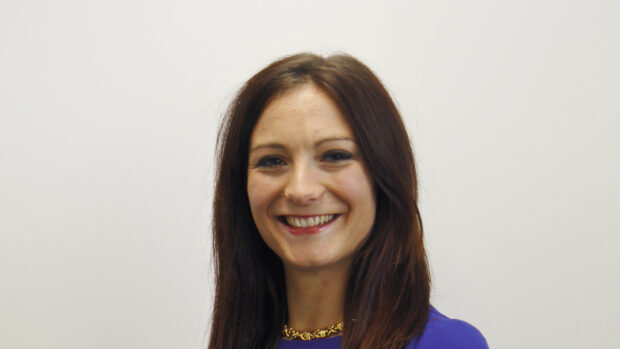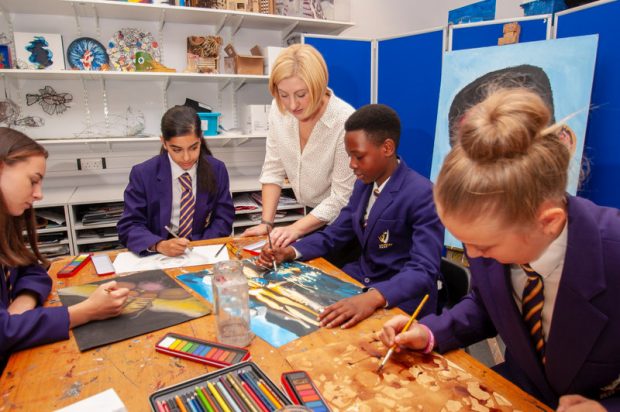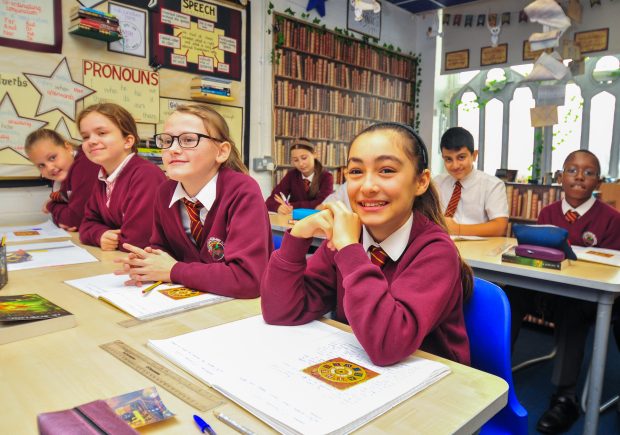Clarifying primary prior attainment bandings

...is shown overall and for pupils with low, middle and high prior attainment, where prior attainment is overall for progress and in reading for attainment. Note that attainment tables in...

...is shown overall and for pupils with low, middle and high prior attainment, where prior attainment is overall for progress and in reading for attainment. Note that attainment tables in...

...the proposals. We’re making sure our contribution to the offer that young people are made is a valuable one. It’s too important for them, and for the future of our...

...that they feel forced into ‘gaming’. However, in my experience, most schools do the best for their individual pupils and do not game the system. It is an inspector’s job...

...signs that all is not right. As any teacher will know, what happens at home can go hand in hand with what happens in school. Neglect, for example, could manifest...

...appearance of precision but is in fact not perfectly valid or reliable, for many reasons. For one thing, exams can generally only test pupils on a small sample of what...

...outstanding, which is great to see. As inspectors, we have to expect the same high standards for all pupils in all schools. But that’s not to say that we don’t...

...a library in a bike shed, for example, so that children could exchange their books at agreed times without having to go into the building. However, we also found that...

...about what’s happening for their children. The COVID context We do understand that things aren’t ‘normal’, and it’s only fair that inspection recognises this. So that’s exactly what we’re doing....

...and have different objectives. When we inspect an AP, we know that we will see different curriculum approaches that reflect the specific needs of the pupils. And we know that...

...that the school is still good without the need to convert to a full inspection. But in almost a third of short inspections this year, inspectors decided that they needed...